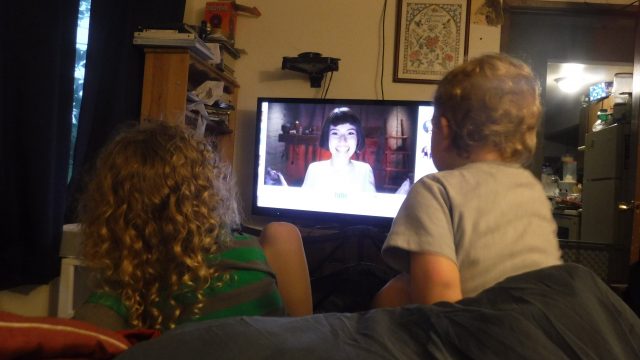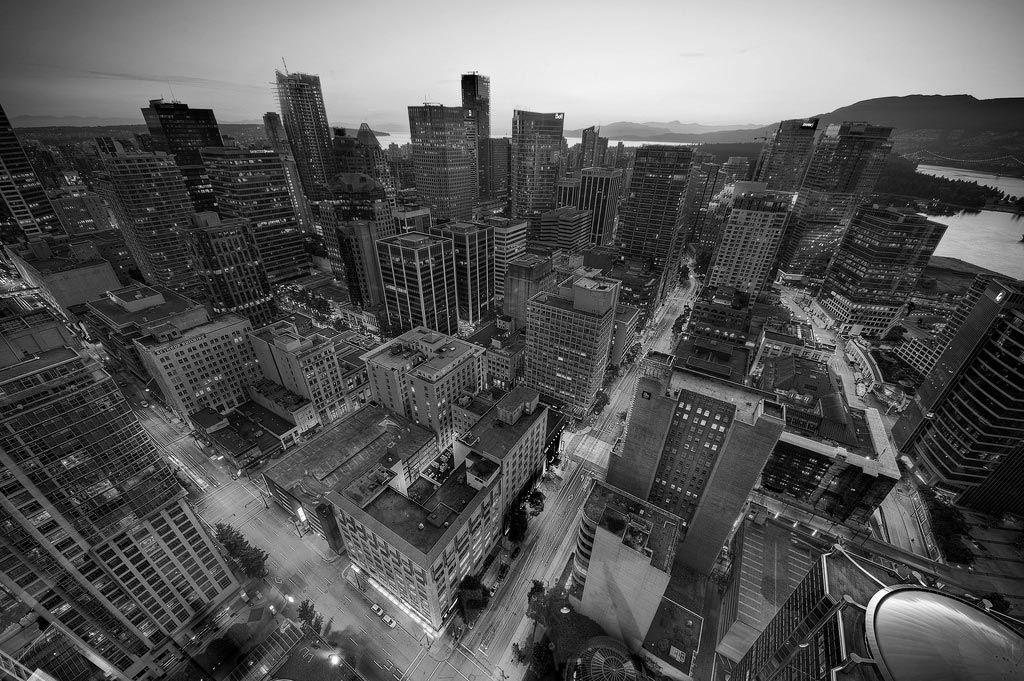It has got to be challenging to make educational programming that’s entertaining to both kids and adults. I know that, traditionally, Sesame Street has done a lot with focus groups—of both children and adults—to keep their stuff working. (It’s why the famous episode where Snuffy’s parents got divorced never aired; the kids’ focus groups found it too upsetting. And unlike the Will Lee thing, their hands weren’t tied by actual events.) One of the ongoing hazards is probably producing programming that doesn’t work for either group, but the most likely result is boring one group or the other. Which is why I’m always pleased to find shows I’ll watch with my kids.
I’m definitely too old to have encountered the Who Was . . . ? books as a child—they were first published in 2003. I’ve seen them around, though. There are dozens of them, all biographies of various famous people. I’ve flipped through a few, to see if I should pick them up for my son Simon, and they’re above his reading level. Probably about third or fourth grade, at a guess. But the show is a half-hour made-for-Netflix program featuring two different vaguely connected famous people.
Supposedly, the show is run by producer Ron (Andrew Daly), your standard buffoonish adult, with all the real work actually done by a staff of six teenagers. The teens also dress up as the various historical figures with a careless disregard toward gender and ethnicity—the women are always played by the girls, but the girls also frequently play male figures, and there’s at least one episode where a secondary character is played by one of the boys in drag. Also, since they only have six kids, you get things like Amelia Earhart’s father being played by the black kid or Sacagawea being played by the Chinese/Indonesian kid.
Who also, in various episodes, plays Frida Kahlo, Marie Curie, and Gandhi. Even Genghis Khan, why not. Actually, you can tell what historical figures aren’t going to be the focus of episodes, because they are hanging around the halls of the show—everyone is very clear that they’re on a TV show—played by people other than the main cast. Though Bruce Lee is played by Dallas Lui, in a running joke, and gets to be one of the people the season finale focuses on. But when Charles Darwin argues with Ron, that pretty well indicates no Darwin.
It is in many ways a profoundly silly show. The episode with Sacagawea and Blackbeard features Jordan Klepper as the guidance counselor who gets them into their respective fields, and she has a web show where she complains about the men she’s traveling with. At least until Blackbeard steals her phone and does his own show. A whole bunch of the characters have web shows, or else fake reality shows about them. There are many musical numbers. George Washington Carver is in a sketch where he’s a superhero. An animated Sarah Vowell comes out of a pie to explain all the things Ron has wrong about George Washington.
On the other hand, they do have Sarah Vowell there to tell us that George Washington never chopped down a cherry tree or wore wooden teeth. A character named M. Tidbits (Brian McCann, also the head writer) appears in several episodes to throw in historical tidbits that don’t otherwise fit the whole of the narrative. They make sure we know that the Pirate Accent is actually from Disney’s Treasure Island. John Hodgman is The Explanationator, who pops up to explain things like what the Theory of Relativity actually means and what elements are.
And Simon knows who Susan B. Anthony is now. He’s five, and he can identify Louis Armstrong or Benjamin Franklin. And Bruce Lee, come to that. We’ve even gone online once or twice to show him pictures of the real person, when it’s someone like Bruce Lee or Louis Armstrong or Susan B. Anthony, where we can look up pictures. This time through (we’ve seen the show through several times), we had a talk about rupees and how a) it’s not the same word as “rubies” and b) yes, it’s what the money in Legend of Zelda is called. Yes, they look like dollars, except that’s a picture of Gandhi, yes, like on the episode.
Which I guess is the whole point of educational television, really, and why the Marie Antoinette episode makes me as mad as it does. Toward the end of the episode, she delivers the line, “The French Revolution wasn’t all my fault. It was just mostly my fault!” Which is just historically wrong. Their portrayal of her as a spoiled reality star who was incapable of processing that there was anything wrong with what she did misses a lot about the real historical figure. It seems pretty harsh to blame her instead of the system that taught her to act that way. How do they expect her to have known better? It’s certainly not as though her husband was brimming over with concern for the people of France, and they were his people!
By and large, though, we have spent the entire time since we finished the first season wondering when there was going to be a second season. Not just because it ends on a cliffhanger but because we as a family really enjoy the show. Even Irene, who isn’t even two, seems to enjoy it. I’m mostly okay with how the historical figures are shown; they’re unafraid, for example, to make it crystal clear that Sir Isaac Newton was a fairly awful person who was disliked by pretty much everyone who ever met him and who went out of his way to keep that true. It just kind of feels as though they wanted Marie Antoinette to break free of the system that shaped her the way Amelia Earhart or Susan B. Anthony did—but she didn’t really have their motivations to do it, after all. Also, I’ve read enough French history to know she wouldn’t have succeeded anyway.
Keep our Netflix going in anticipation of the eventual second season; consider supporting my Patreon!


